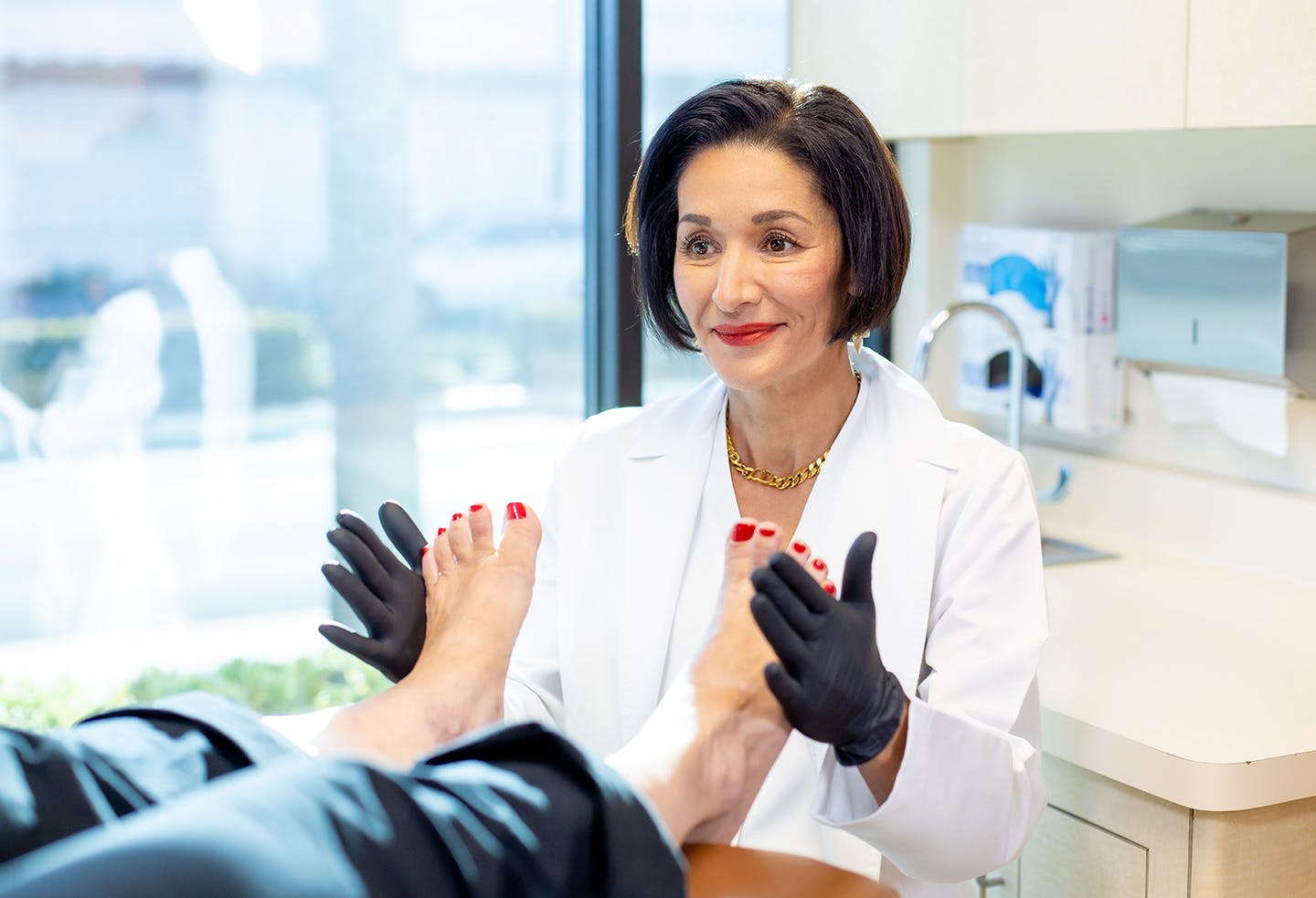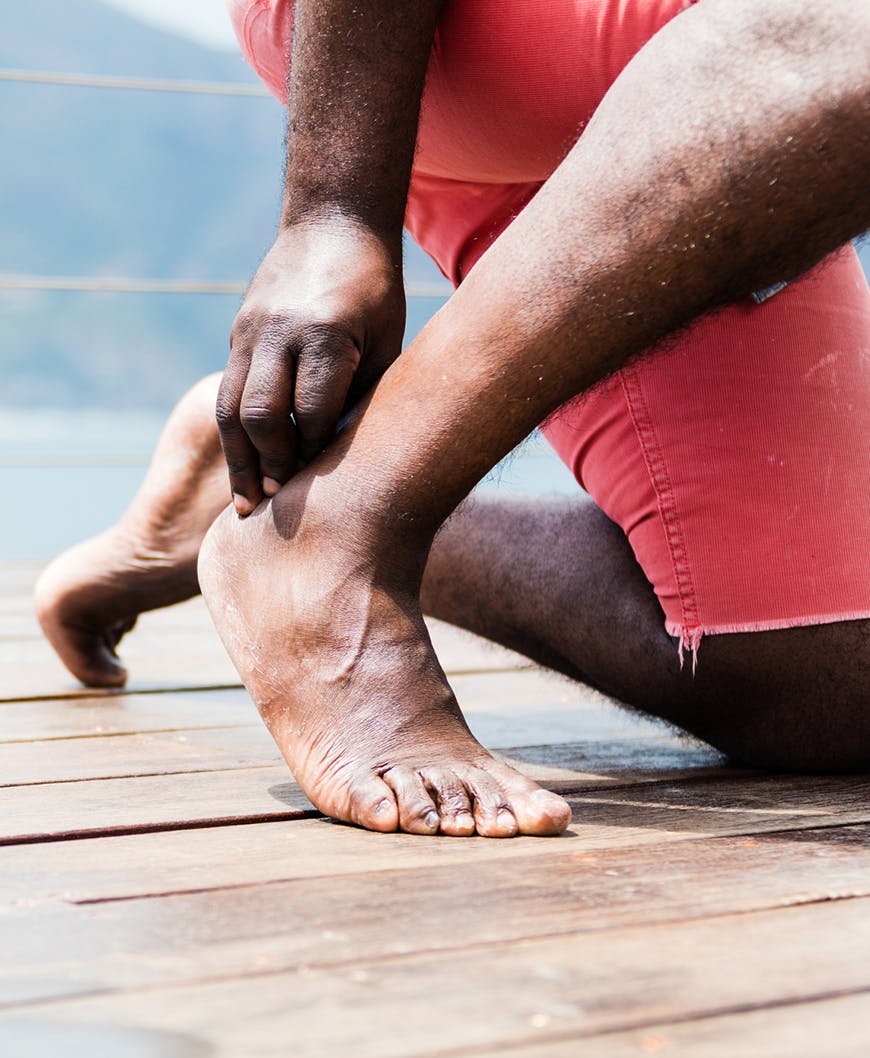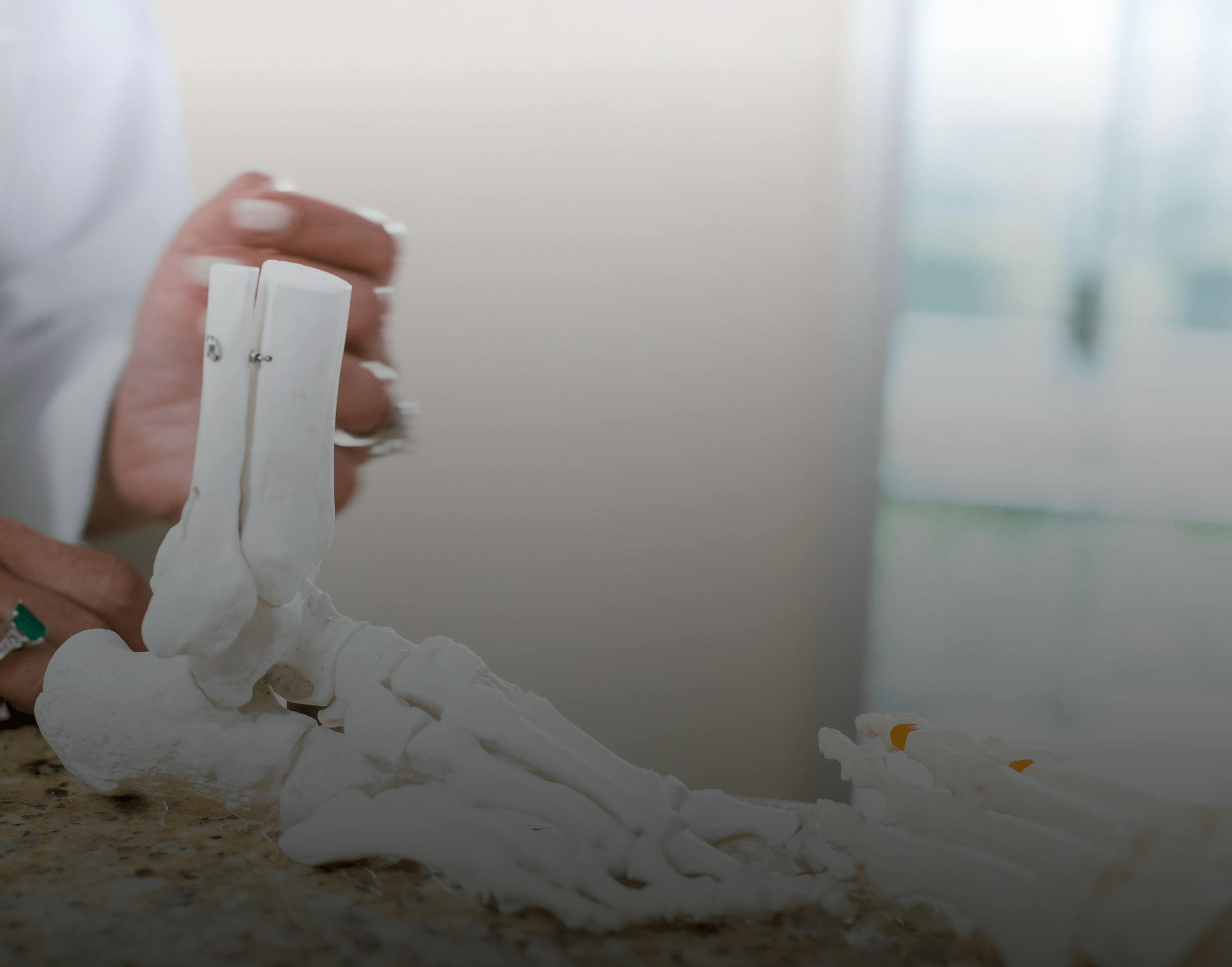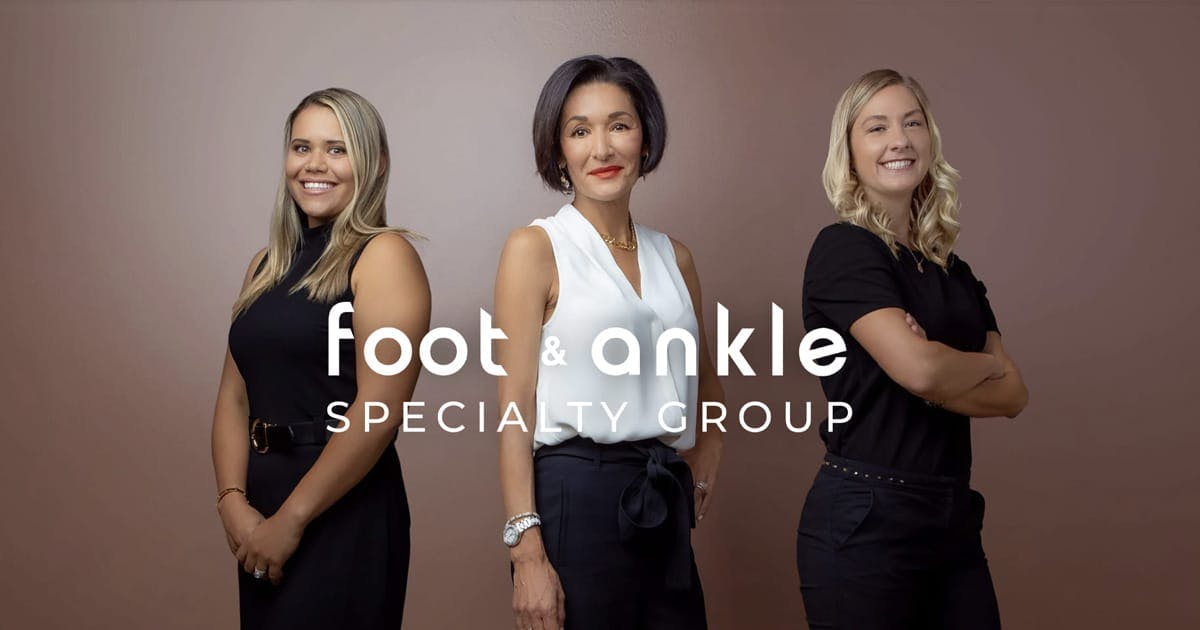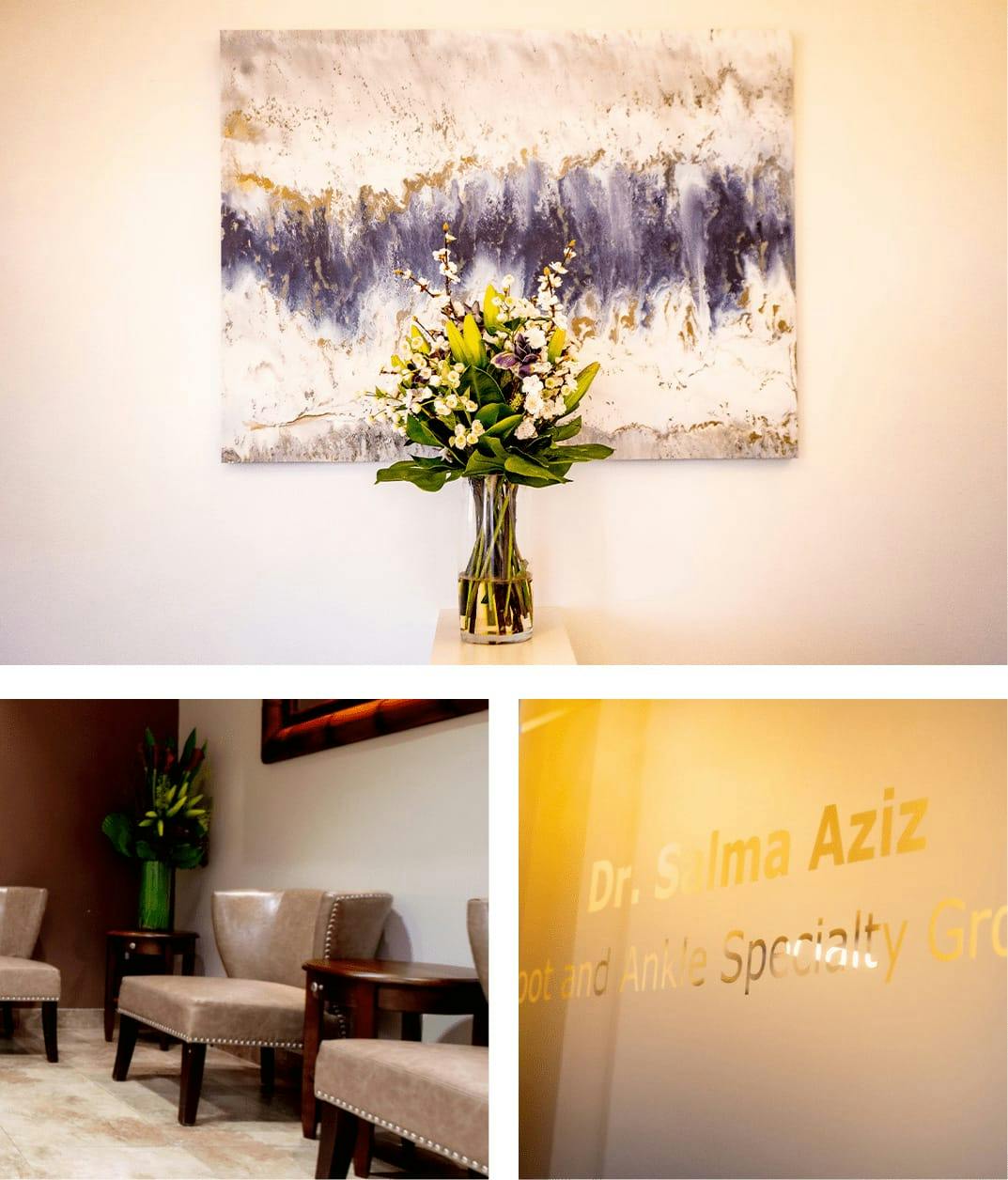If you’ve been having pain in your foot and suspect it may be your Achilles tendon, talk to your doctor. The sooner you begin Achilles repair in Newport Beach, the better your outcomes will be.
Non-Surgical Treatment: Casting the Foot
The most common non-surgical Achilles repair is to cast the foot, which keeps it in the correct position to give the Achilles tendon a rest and allow it to heal on its own.
The cast will go from the toes to above the knee, and will start out by positioning the foot in a way in which the toes point downward. The cast will be changed out over the next several weeks, with the position of your foot slowly being moved back to normal. The entire process takes between 6-12 weeks. Heel lifts and physical therapy may be prescribed after the cast comes off to fully restore function to your foot.

